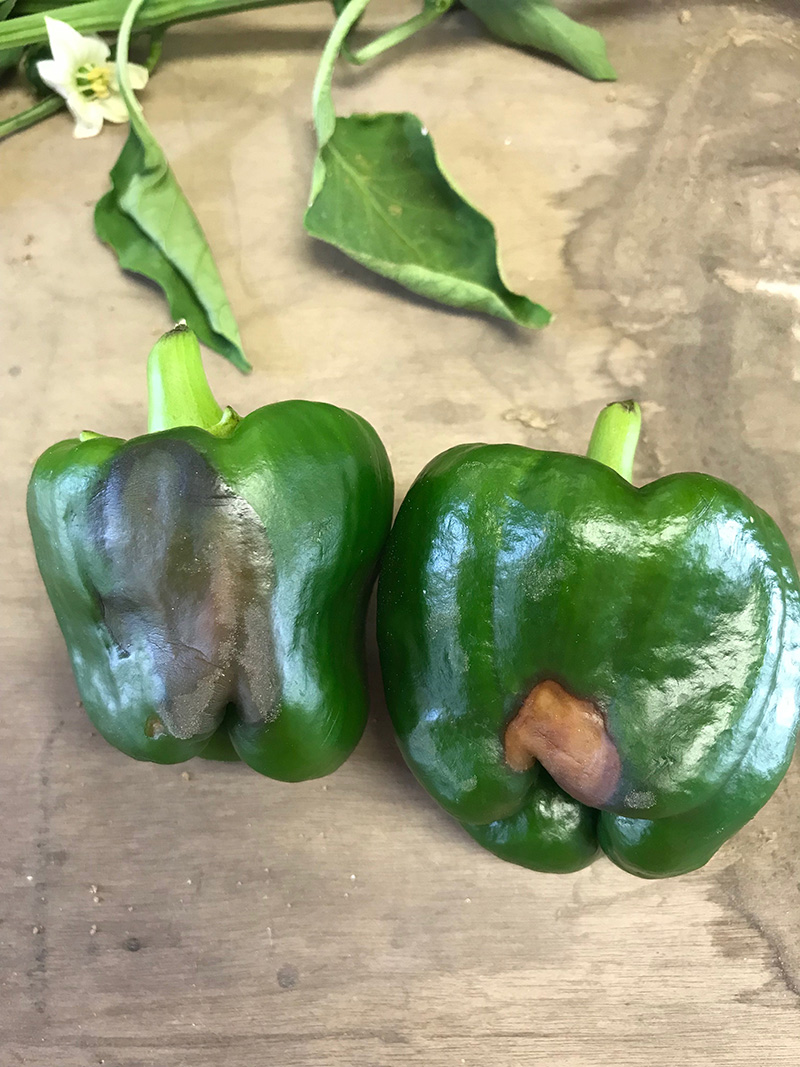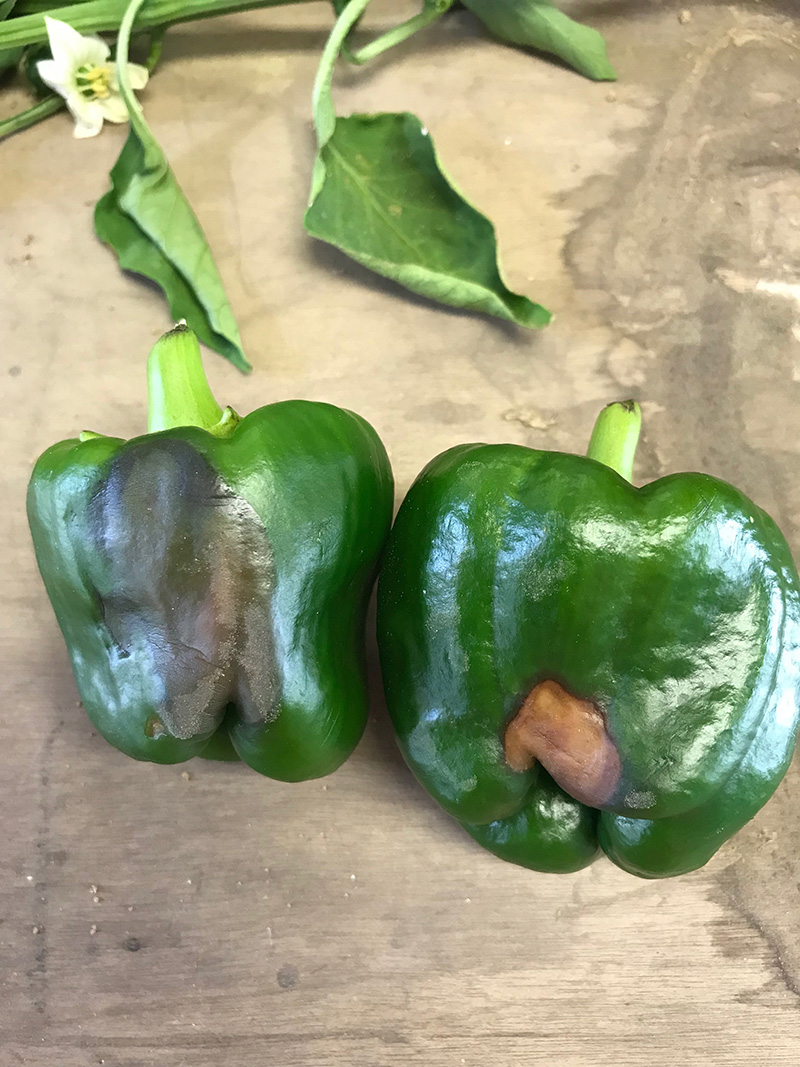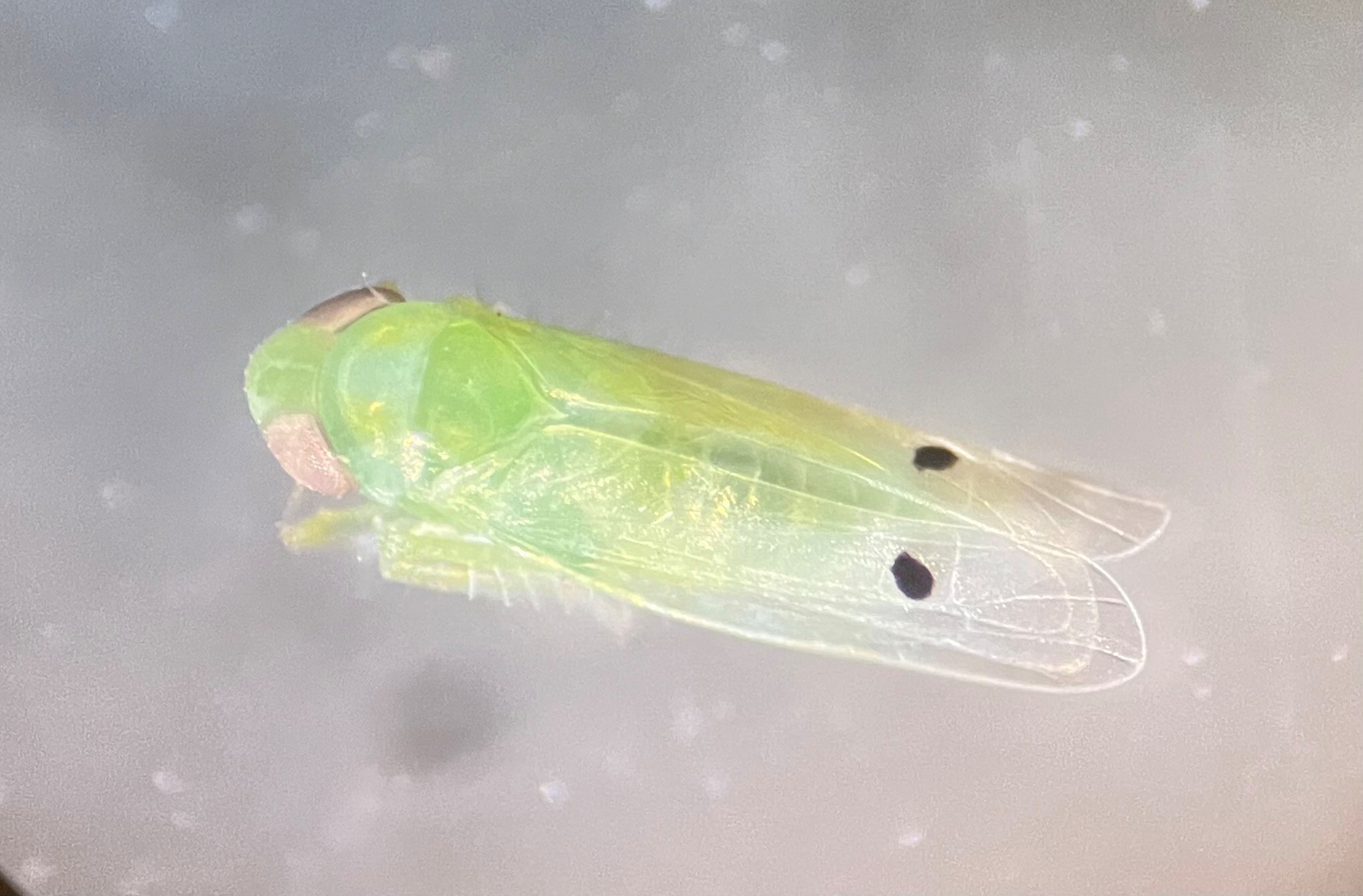Georgia’s vegetable growers need to irrigate more frequently as unseasonably high temperatures are forecast to remain high with little to no rainfall expected. Andre da Silva, University of Georgia Cooperative Extension vegetable specialist, said it is urgent that vegetable producers heed this advice.
According to www.georgiaweather.net, the last rain event in southern Georgia occurred May 11 and did not provide enough moisture to satisfy the water requirements for vegetables, da Silva said. Also, temperatures eclipsed 100 degrees Fahrenheit for most of south Georgia last weekend, and summer doesn’t officially begin until June 21.
Vegetables are more sensitive to water stress than row crops like cotton and peanuts.
“Vegetables are also more sensitive to soil water depletion. Soil water content levels lower than 70% of field capacity (the maximum amount of water the soil can hold) is sufficient to cause yield loss,” da Silva said. “Vegetable crops such as bell pepper and tomato could also be impacted even more from the direct contact of fruit to sunlight, which causes blossom end rot disorders and reduces yield quality.”
Blossom end rot is a calcium-related disorder that causes cells to die in young, rapidly expanding fruit tissue. As the fruit expands and grows, the condition makes it appear as if a large portion of the blossom end is brown or black. Fruit affected with the disorder is unmarketable.
For recommendations on irrigation management, da Silva suggests growers use the UGA irrigating app found at irrigating.uga.edu. The application provides seasonal crop water demand for most of the vegetables grown in Georgia. The recommendations are based on historical weather data and crop growth stages. The only inputs required for the calculation are the type of vegetable crop, planting date and location.
The United States Drought Monitor (www.droughtmonitor.unl.edu) reported abnormally dry to moderate drought conditions for southern Georgia last week. But da Silva believes conditions could actually be worse for local growers, especially since the crops are mostly grown in sandy soils that soak up moisture very quickly.
Pam Knox, director of the UGA Weather Network, said growers can help the Drought Monitor accurately depict drought conditions in Georgia by submitting reports on local conditions through the Drought Impact Reporter found at https://t.uga.edu/4ZD.
For more information on producing vegetables in Georgia, contact da Silva at 229-386-3806 or adasilva@uga.edu.





